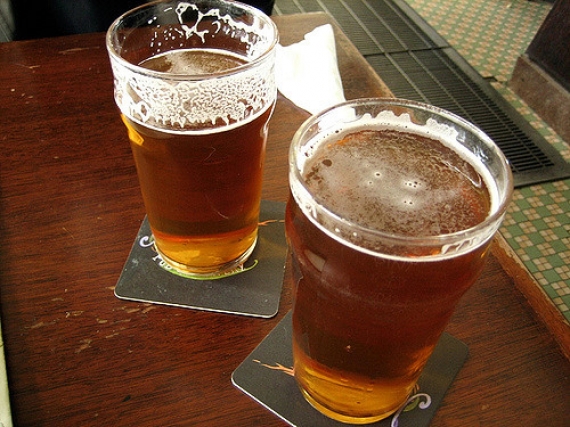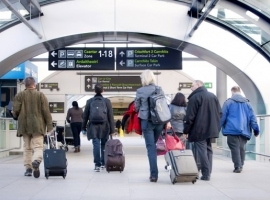
A new report published by the Licensed Vintners Association (LVA) and Vintners Federation of Ireland (VFI) has found that capacities in pubs and bar/restaurants will drop to as little as one eighth of pre Covid-19 crisis levels under the HSE social distancing guidelines.
The report indicates that when the HSE social distancing guidelines are applied in any 100m squared area in a licensed premises, standing capacity will diminish to 12.5% while seating capacity is reduced to 34% of pre-crisis levels.
Furthermore, the report found that total capacity for a typical pub or bar/ restaurant with an area of 140 square metres would drop by 79% if the bar and seating areas were square in shape and not enclosed. However, the report noted an “87% reduction in capacity figure is a much more representative figure for a typical bar and restaurant layout when the 2m physical distancing restrictions are applied”.
Before the Covid-19 crisis, maximum occupancy in a licensed premises was calculated at a rate of 2 persons per square metre for standing areas and 1 person per square metre for seated areas. This meant that in a pre-crisis context, a pub or bar/ restaurant could accommodate up to 200 people standing or 100 people seating for every 100 square metres.
When the HSE social distancing guidelines are applied, the standing capacity per 100 square metres drops from 200 people to 25 people (12.5%), while the seated capacity in a bar or restaurant goes from 100 people to 34 (34%).
World Health Organisation (WHO) guidelines involve a social distance requirement of 1 metre. Under the WHO provisions, standing capacity would drop from 200 people to 100 (50%), while seated capacity in pubs and bar/ restaurants would decrease from 100 to 65 (65%).
While each licensed premise is different in size, shape and layout, the report also notes that “more complex geometries will result in lower occupancies when physical distancing is applied, ie physical distancing will result in a greater reduction in occupancy for narrow, small pubs than on those with larger circulation spaces with higher footfalls.”
Commenting on the research, VFI Chief Executive, Padraig Cribben said, "From the perspective of commercial viability, the WHO guidelines obviously make much more sense for hospitality venues such as pubs. While we have been calling for equality of opportunity to reopen for some time, the question still remains as how many pubs will actually be able to operate once the opportunity arises."
He added, "That is a question that is still being asked by publicans across the country and we will certainly need further guidance on the reopening protocols in the near future to allow fully formed business descisions to be made in advance of any reopening."
Source: www.businessworld.ie

















